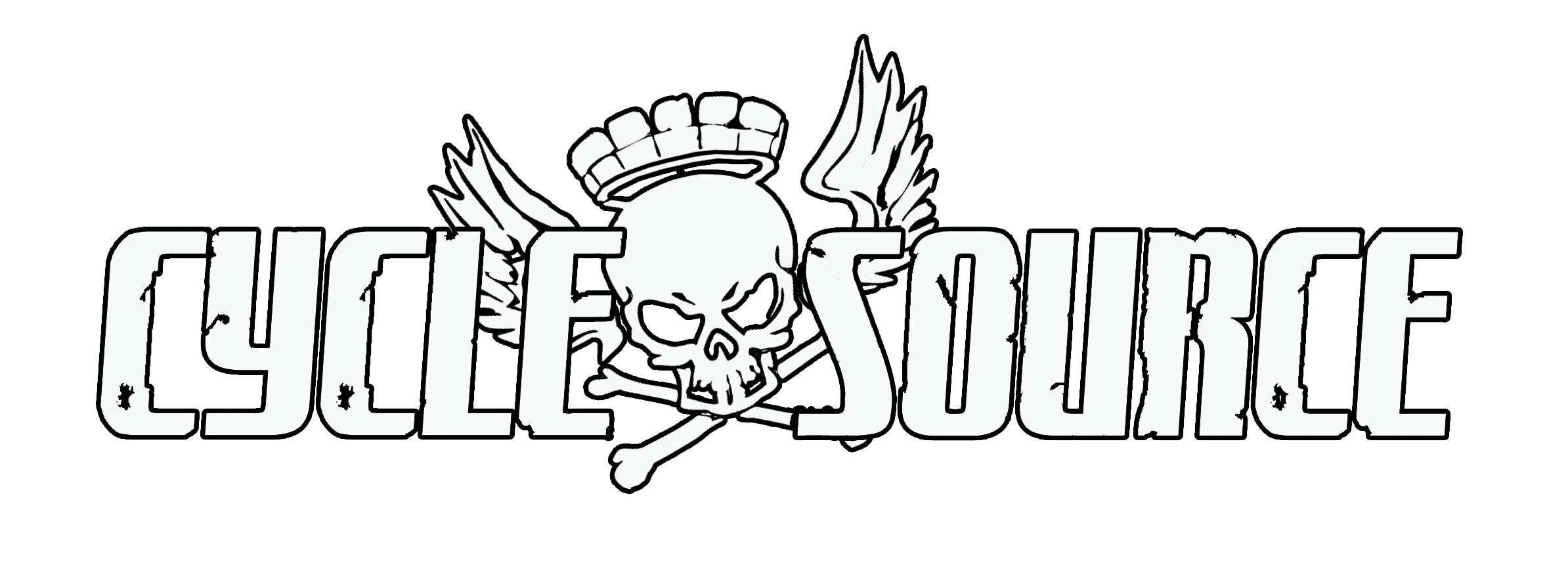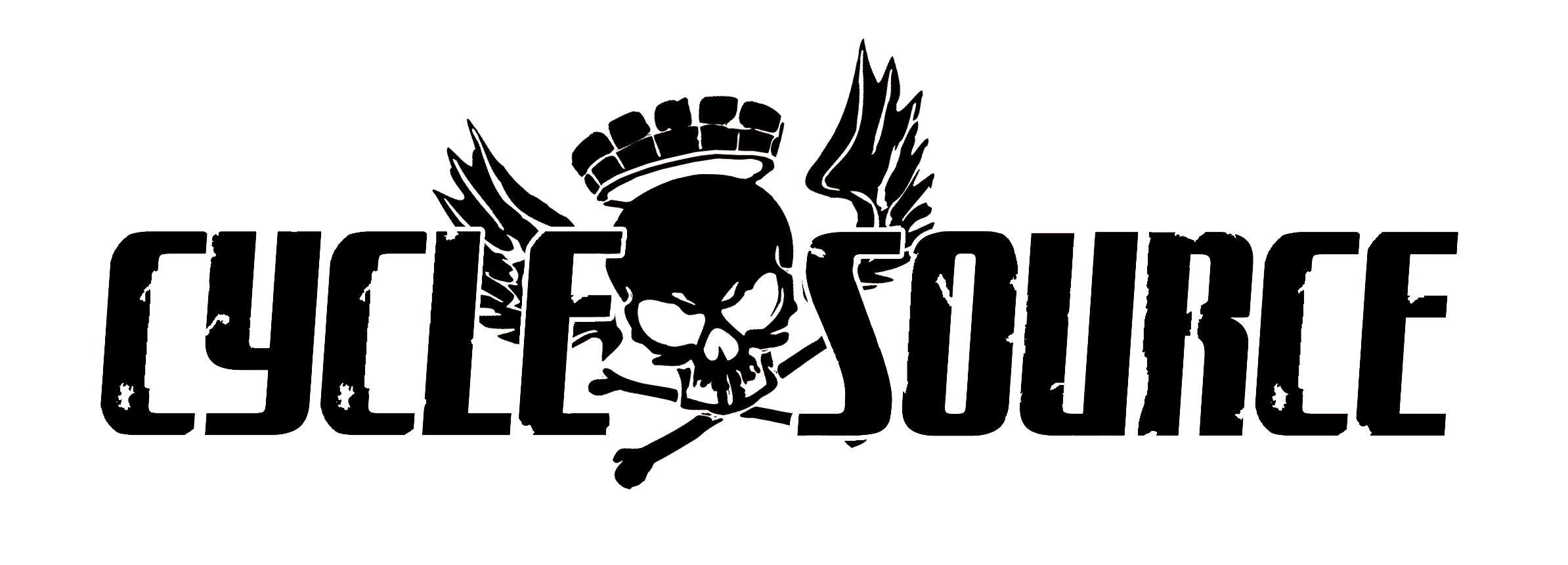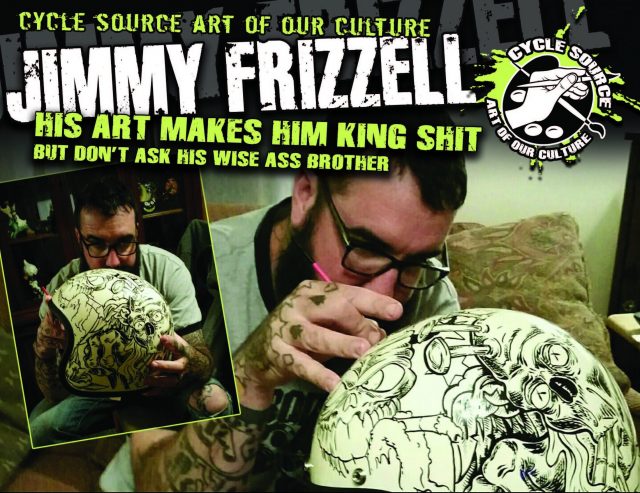Published In The March 2013 Issue Of Cycle Source
Most of the true diehard FXR fans will tell you in a conversation about where these bikes gained their legendary handling, that it all led back to Erik Buell. Now we’ve all been big fans of his work with Buell, and have even interviewed him before about those bikes, but we never had the chance to ask him just what the story of the FXR was. Erik was nice enough to take a break from EBR business to give us this interview.
CS: When did the FXR design first come up in design conversations at Harley and what was your position / involvement at that time? EB: The FXR was initiated before I joined H-D. My assignment on the FXR as a test engineer was to help fix the handling. CS: What were the key features / reasons that this new frame design would be so much more superior in performance and handling? EB: The goal was to have more lean angle than the FX, as well as isolating the engine.
CS: What was the purpose of that design and the changes it was going to bring to the existing model lines?
EB: The core goal of the FLT and FXR was to have a method to reduce vibration without having to redesign the engine for balancers, etc.
CS: Was this the template for the FLT, and eventually what became Harley’s touring chassis?
EB: The FLT came before the FXR. The FXR chassis was much different as the FLT chassis could not be applied to a bike with the looks of the FXR.
CS: Where else did the Motor Company take knowledge from that design and make improvements? EB: I think some was lost, as the replacement Dyna frame did not handle as well. However, the customers seemed to want the more classic looks of that bike, and did not care as much about handling. But the concepts of improving handling with isolated engines grew through 20 plus years of Buell products.
CS: Any interesting inside stories from late nights at the drawing board or in the shop in that design phase?
EB: Not really since the work that I did was to make the chassis handle, as the original prototypes were extremely bad handling.
CS: Did that original design work lend itself to the development of mass centralization and the principals that made the Buell frame geometry so advanced?
EB: Not at all. My knowledge from racing was what I used to push the FXR chassis from bad handling to very good. The multi-channel data collection equipment I used on the FXR allowed me to document for H-D why the changes helped, and which were most important.
CS: Is that principal still the basis for the frame geometry at EBR today?
EB: The principal of improving handling has been developing with me forever, however there is nothing common about frame geometry of an FXR and that of an EBR 1190RS!
CS: Tell us a little bit about the EBR bikes today: what’s going on with them, any public offerings, any races won?
EB: The EBR 1190RS is a limited production street model. They have been raced in the US and Europe, winning several championships in Europe, races in the US, and EBR finished third in the manufacturers’ points in AMA Pro Racing Superbike class. So there have been some very spectacular results for our first model.
CS: What’s next for Erik Buell and EBR?
EB: More world class American sport bikes!





















